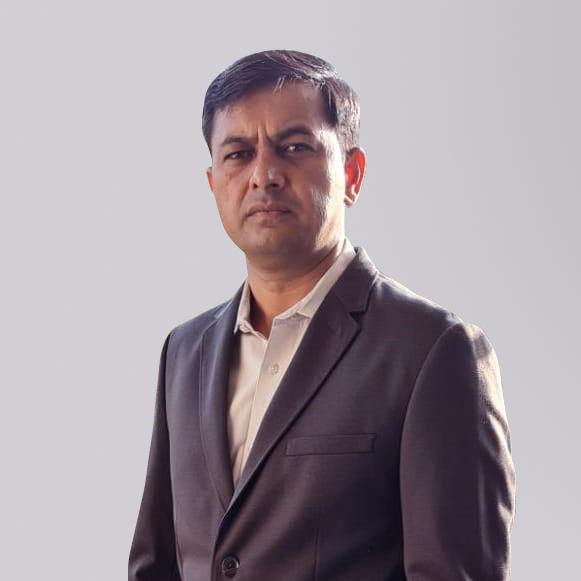Sensor Installation Principles for AI based Die Casting Process Optimization
The modern metal casting landscape is undergoing a transformative shift with the advent of Artificial Intelligence and IoT systems. The convergence of Information Technology (IT) and Operational Technology (OT) is reshaping how this industry is operating. In the realm of die casting, where scrap reduction is paramount, the integration of sensors for die thermal management represents a pivotal advancement. However, the successful installation of these sensors relies on a thorough understanding of key principles, especially considering the unique challenges posed by retrofitting.
Thermal Sensors in the Die: The Heart of AI/IoT in Die Casting Industry
At the core of any AI/IoT system in casting industry lies the OT technology, primarily sensors. These sensors serve as the foundational building blocks, enabling the collection of real-time data that drives insights and informed decision-making. This is particularly relevant in die casting, where temperature dynamics profoundly affect product quality. Apart from Die Thermal sensors, Water/Air Cooling flow rates also play quite an important role in overall Sensorization of die casting machines.
From Existing to AI-ready Casting Machines
While the potential benefits of integrating sensors for die thermal management are vast, it’s essential to acknowledge the reality that many existing machines lack these basic sensing capabilities/provisioning. Factors such as initial capex limitations or technological constraints during procurement might have led to machines without the necessary sensors or communication capabilities/provisions.
This is where the concept of Sensorics-based plug-and-play IoT solutions comes into play. Tvarit alongwith its partner Instron offers services related to Selection of the right thermal Sensors, Procurement in the fastest way possible, Installation and Mounting without hampering the core functionalities. After developing this for your first machine, we make the system close plug-and-play for your rest of the die casting machines in your foundry.
The Challenge: Assessing Machine Readiness
Assessing a machine’s readiness to measure and communicate Process Parameters and KPIs isn’t a trivial task. It demands a profound understanding of the machine’s intricacies, the die casting process, and the instrumentation aspects involved. This assessment serves as the litmus test for whether a machine is a viable candidate for retrofitting with IoT capabilities.
The Risk of Missteps
In the pursuit of a successful AI and IoT implementation, the selection of sensors and communication protocols becomes a make-or-break decision. Failure to choose the right sensor or protocol can lead to Proof of Concept failures, which often mark the initial step before implementing plant-wide AI/IoT systems. These failures not only hinder progress but can also undermine the customer’s broader digital initiatives.
Conclusion: Bridging the Gap Between Casting machines, IoT and Artificial intelligence
In the journey towards modernizing casting processes through IoT, retrofitting sensors for die thermal management emerges as a pivotal step. However, it is a journey that requires careful consideration of existing machine capabilities, a deep understanding of the die casting process, and a nuanced approach to sensor selection and integration. As the industry treads the path of AI based Process Optimization, the synergy between sensors, IoT, and operational excellence becomes a driving force, revolutionizing casting in ways unimaginable just a few years ago.

